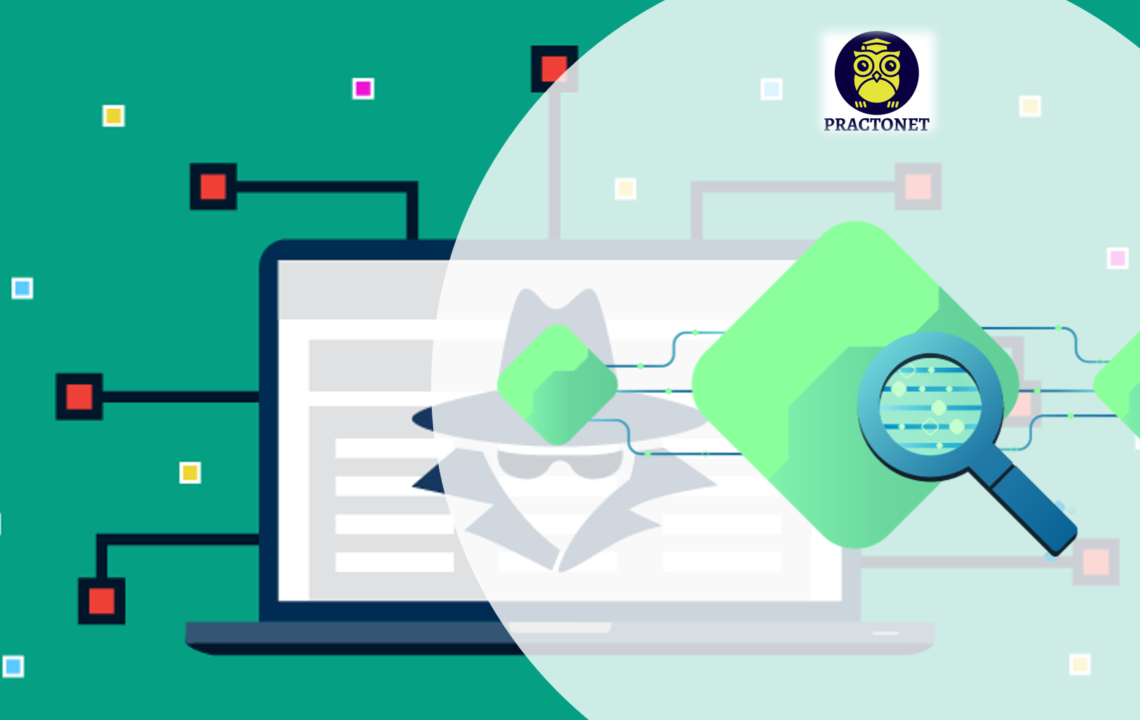IOCs are a little different from Indicators of Attack (IOAs), IOCs focus on examining what happened after an attack has occurred, whereas IOAs focus on identifying the activity associated with the attack while the attack is happening. IOCs are pieces of actual forensic data or artifacts, or remnant of an intrusion that can identify potentially malicious activity on your networks and systems. These are markers of ‘unusual activities’ and serve as RED FLAGS that indicate a potential or in-progress attack that could lead to a data breach or systems compromise.
Some of these artifacts are found on event logs and timestamped entries in the system, as well as on its applications and services. Security professionals also employ various tools that monitor IOCs. IOCs are very helpful to you as they assist you in detecting all sorts of data-breaches, malware infections, or any other suspicious activity that may be launched by threat-actors.
It is fundamental to cybersecurity that you continuously monitor IOCs, as IOCs practically act as if they are breadcrumbs… you follow the breadcrumbs and you are led to malicious activity early in the attack sequence. But, IOCs are not always easy to detect; they can be as simple as metadata elements or incredibly complex malicious code and content samples that require advanced reverse engineering and analysis. IOCs are nothing but the cumulative results of a process of pulling all these different pieces together.
Security Analysts often identify various IOCs to look for correlation and piece them together to analyze a potential threat or incident. Every time when multiple IOCs correlate strongly, then you may assume that there exist a security threat or a network intrusion, and it is time to send in your CSIRT team.
How to identify IOCs?
When your organization is an attack target or a victim, the cybercriminal will leave some traces of their activity in the system and log files. Your threat hunting team will gather this digital forensic data from these files and systems to determine if a security threat or data breach has occurred or is in-process.
Identifying IOCs is a job handled almost exclusively by trained InfoSec professionals. Often these individuals leverage advanced technology to scan and analyze tremendous amounts of network traffic, as well as isolate suspicious activity. The most effective cybersecurity strategies blend human-resources with advanced technological solutions, such as AI, ML and other forms of intelligent automation to better detect anomalous activity and increase response and remediation time





